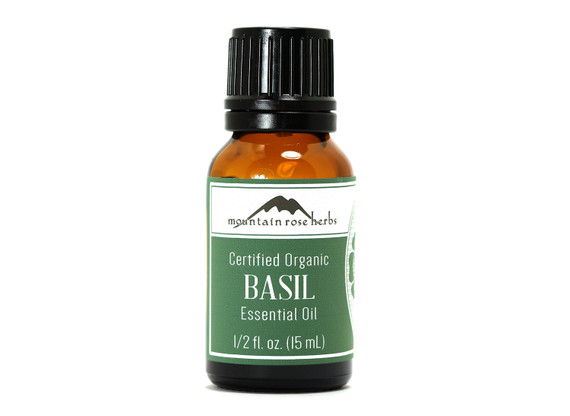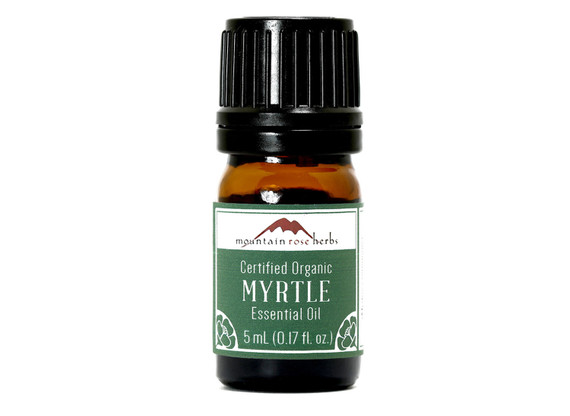Our organic bergamot oil is cold pressed from fruit peels and then fractionated to remove the bergaptene, making this oil non-phototoxic. It is used in all kinds of cosmetic recipes such as lotions, hair care, salves, and especially in perfumery.
This fragrant citrus is mainly found growing in southern Italy but is also cultivated in France, Turkey, the Ivory Coast, South-East Asia, and parts of South America. Though the fruit is used for some confections and juice, bergamot is predominately grown for its essential oil. It is also used to make the familiar aromatic ingredient in earl grey tea.
Aroma
It has a fresh citrusy aroma with sweet, floral, and bitter notes.
Constituents
This oil contains limonene, linalyl acetate, linalool, sabinene, γ-terpinene, and β-pinene.
Limonene is prevalent within a large variety of essential oils such as sweet orange, grapefruit, lemon balm, and celery seed. Linalyl acetate is in clary sage, lavender, and lavandin grosso oils. Linalool will also be found in a wide variety of oils like ho wood, lavender tea tree, and neroli. Sabinene, γ-terpinene, and β-pinene are all found in black pepper, juniper berry, and nutmeg oils.
Blending and Uses
Bergamot is most popular in perfumery. It is blended with many other oils such as lemon, lime, tangerine, lavender, neroli, thyme, orange, jasmine, and petitgrain in a base of ethanol In the classic 1709 German formulation Eau de Cologne, which has since become the namesake for generic “colognes”. It marries beautifully with other floral oils such as ylang ylang or helichrysum and can also add refreshing top notes to more masculine-style colognes with cedarwood, vetiver, and bay laurel.
Its emotionally uplifting aroma is comforting during times of grief and sadness. Diffuse with lavender, sandalwood, and clary sage to create a calm atmosphere in any room. For a more awakening diffuser blend, combine with sweet orange and peppermint.
In skin care formulations, bergamot is typically geared towards oily skin or occasional blemishes in toner sprays, salves, or creams. Add to liquid hand soap or shampoo for a fresh scent. It can also be used in DIY cleaning solutions alone or mixed with lemon or thyme oils.
Packaging
1/2 oz. and 1 oz. essential oils are packaged in amber glass bottles with drop reducers for easy application. Larger sizes are packaged in amber screw cap bottles and do not come with reducers or droppers.
Safety
This oil has no known precautions. Never use essential oils undiluted, in eyes or mucus membranes. Do not take internally unless working with a qualified healthcare practitioner. Keep away from children and pets.
Before using perform a small patch test on your inner forearm or back. Apply a small quantity of diluted essential oil and cover with a bandage. If you experience any irritation use carrier oil or cream to further dilute the essential oil, and then wash with soap and water. If no irritation occurs after 48 hours it is safe to use on your skin. Learn more about using essential oils here.








